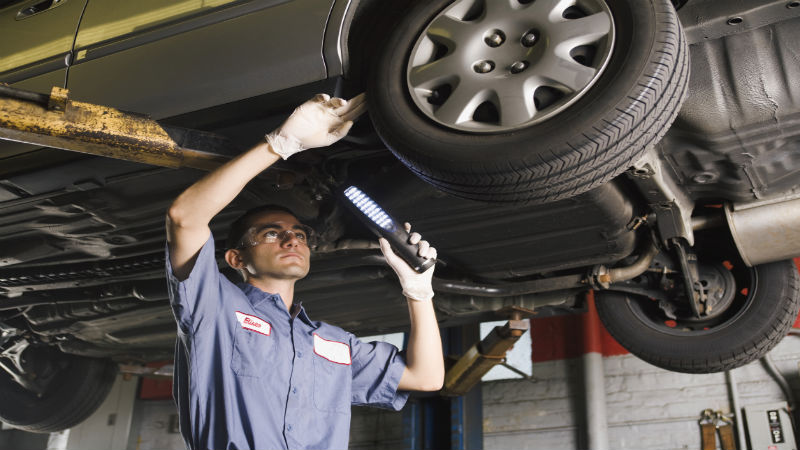Cars manufactured from the late 90s onwards use a wheel hub assembly in lieu of the pair of wheel bearings that had been used in the past. The wheel hub is located between the axle and the brake disc or brake drum. The wheel hub is fixed to the car on the axle side; the brake side is where the wheel is mounted. The bearings are fitted directly into the wheel hub.
Although wheel hub assemblies are designed to last as long as the car does, there are ways in which it can be damaged to the point where it is inoperable. The wheel hub can easily be damaged in the event of a collision, damage can also occur from common road hazards like hitting a deep pothole. If there is any reason to think the wheel hub has sustained damage, have it checked as soon as possible by a qualified mechanic.
Over and above damage as noted, there are several symptoms that indicate the car has a bad wheel hub.
A loud “roaring” sound:
When you are driving at any speed and you hear what only can be described as a “roaring” sound there may be a problem with one of the hubs. It usually is not the actual hub, more often the noise is coming from the bearing.
Mounting plate damage:
Wheel hub assemblies are fastened to the vehicle suspension using bolts. If the plate where the bolt holes are located gets damaged for any reason the entire hub assembly must be replaced. This is actually quite dangerous as the wheel may not be fastened securely to the car.
Excessive play:
If there is reason to believe the wheel hub has, or is about to, fail then it needs to be confirmed. When the wheel is off the ground and there is excessive play while shaking the wheel then the entire wheel hub assembly must be replaced.

